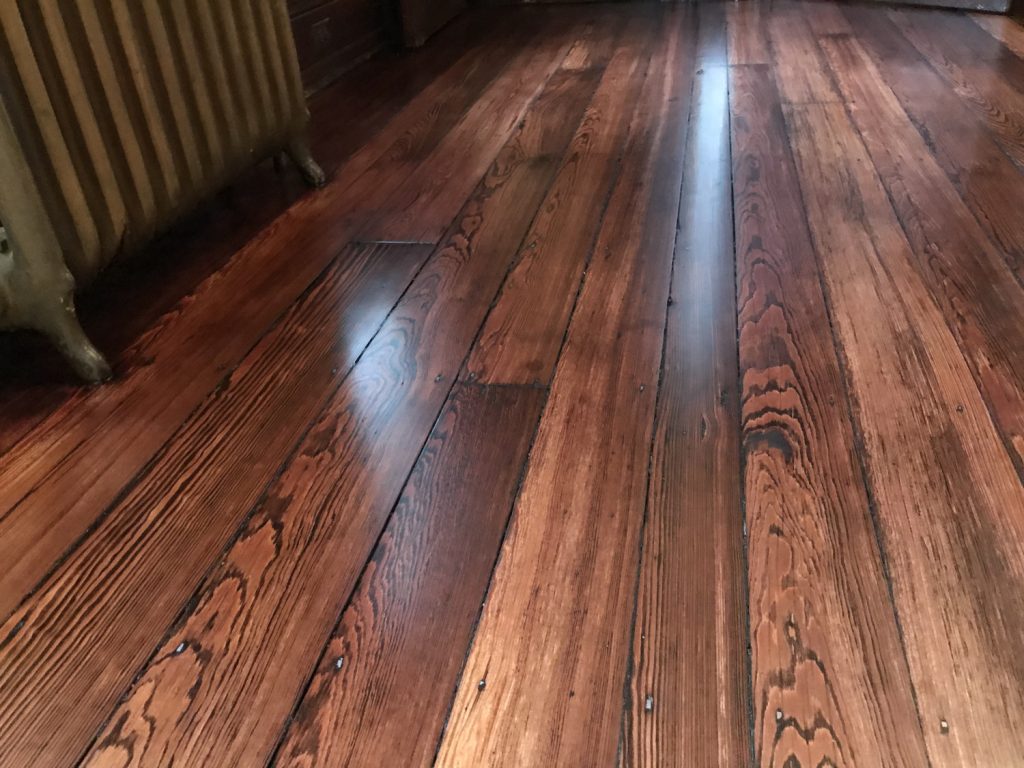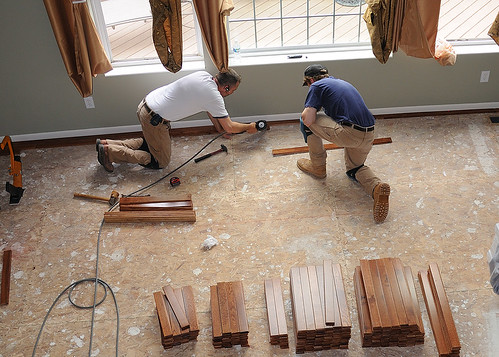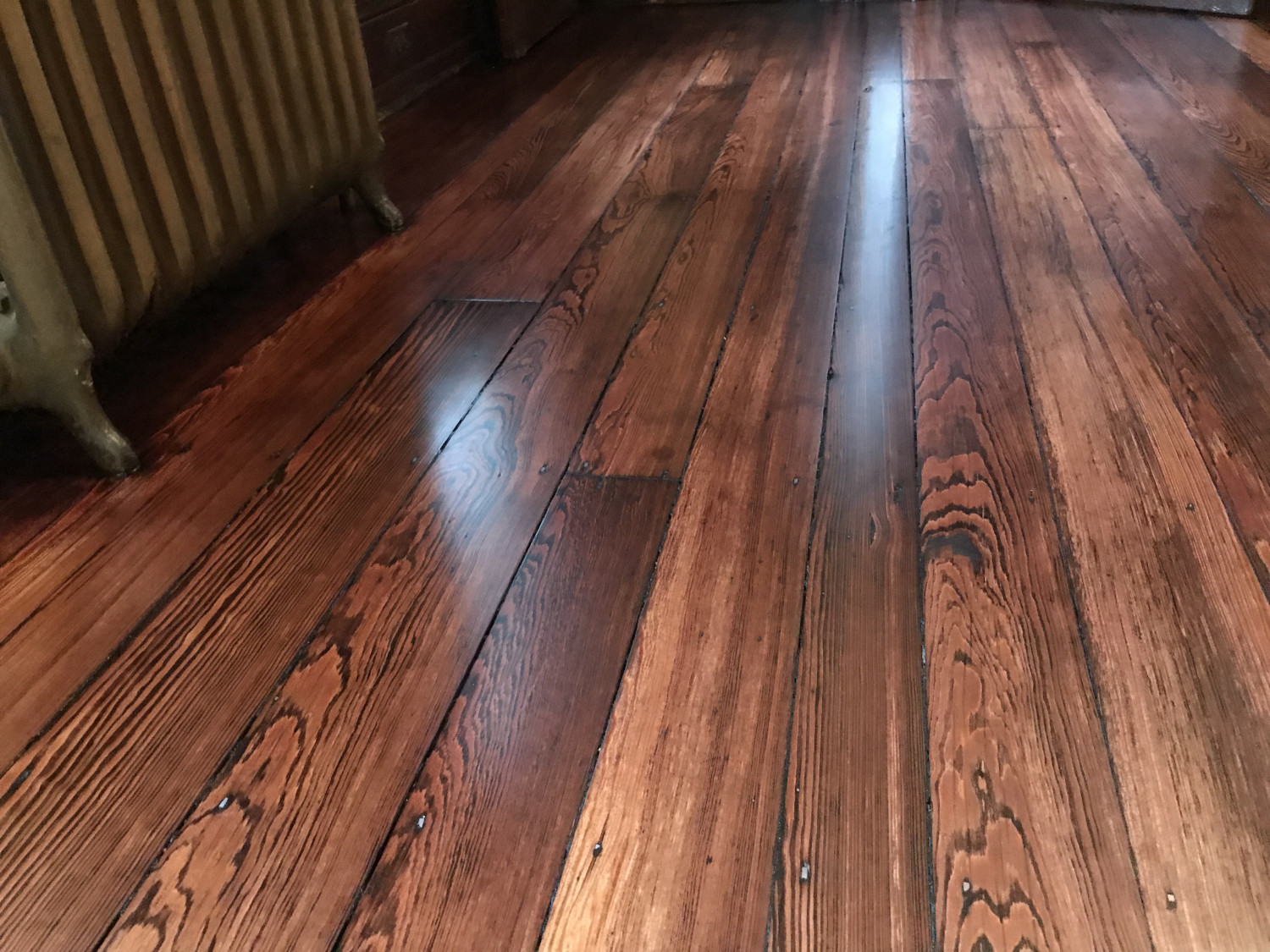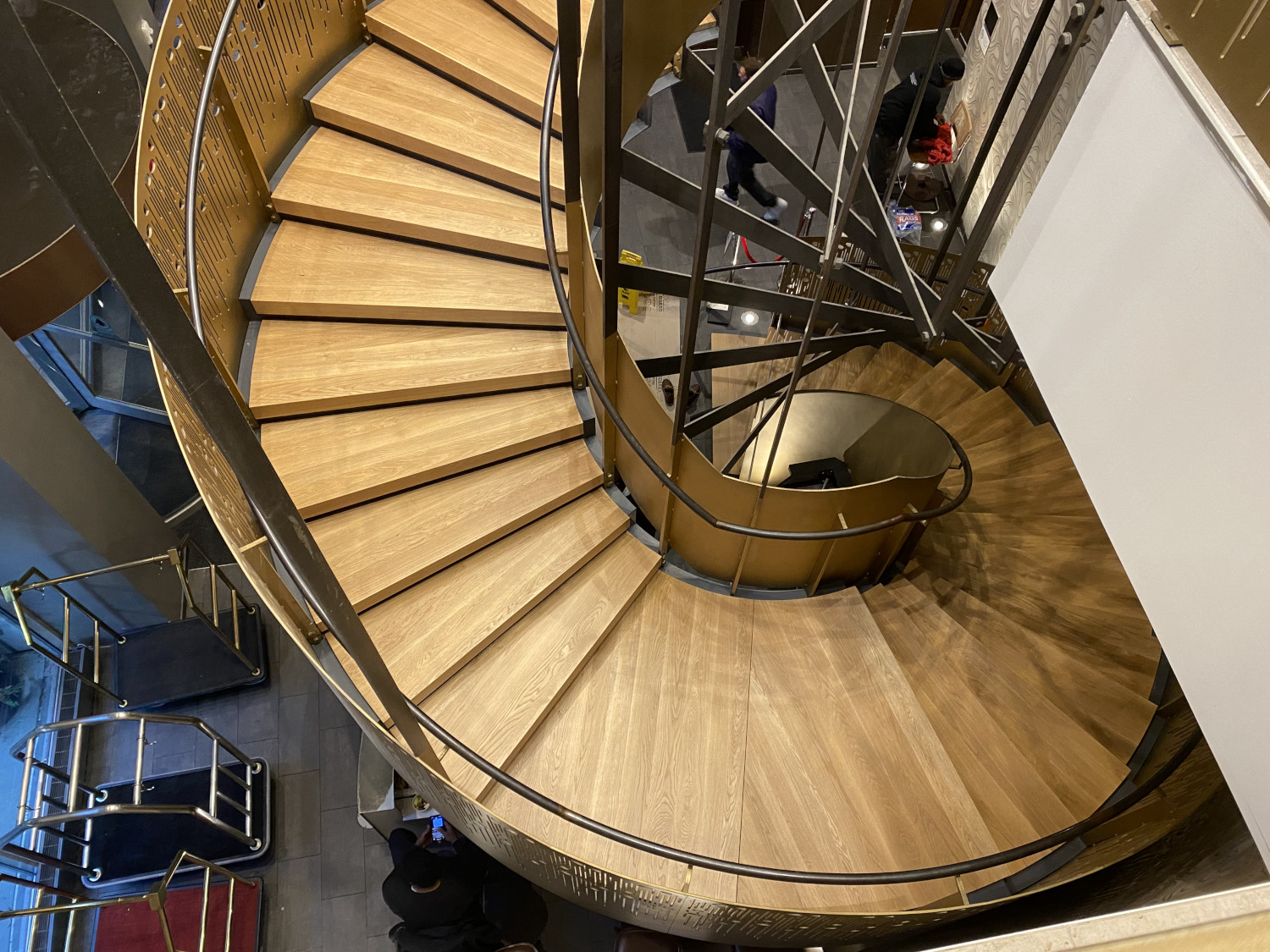Elegance Meets Reality: Can Hardwood Floors Be Installed Over Concrete?
The timeless charm of hardwood flooring is undeniable. The warmth, elegance, and natural beauty of hardwood floors can add a touch of sophistication to any space and increase the value of your home. But when your subfloor is a cold, rigid slab of concrete, the dream of hardwood can seem like a distant hope.
Fear not, design enthusiasts! All hope is not lost.
If you’ve been wondering, can hardwood floors be installed over concrete?
The answer is a resounding yes, albeit with some crucial caveats.
This blog post offers a comprehensive look at what it takes to install hardwood floors over concrete.
Understanding the Challenges Ahead
Concrete and wood are a curious couple. Concrete, dense and prone to moisture fluctuations, presents unique challenges for wood’s natural tendency to expand and contract with temperature and humidity. The key to a successful marriage lies in proper preparation, meticulous installation, and the right choice of materials.

Consider the following:
1. Moisture Matters
Moisture is the arch-nemesis of hardwood on concrete. Concrete readily absorbs and releases moisture, creating a volatile environment for wood. Improper moisture control can lead to warping, cupping, and mold growth.
To combat this problem, several measures are essential:
- Conduct moisture testing: Before embarking on a hardwood floor installation on concrete, you’ll need to measure the concrete’s moisture content. Ideally, it should be below 12% relative humidity (RH).
- Install a vapor barrier: A high-quality vapor barrier, like polyethylene sheeting, forms an effective barrier between concrete and wood, preventing moisture migration.
- Ensure proper ventilation: Ensuring adequate ventilation in the space where you are installing the floor will help regulate humidity levels and further minimize moisture concerns.
2. Subflooring as a Solution
Concrete has an uneven surface and lacks flexibility. Therefore, it is necessary to install a subfloor layer between the concrete and the hardwood.
The ideal subfloor will depend on your chosen installation method.
Here are some examples of popular installation methods:
- Floating floors: Engineered wood floors can be installed as “floating” systems using click-lock mechanisms and an underlayment like cork or foam. This method requires a perfectly level concrete surface.
- Glued down: Using a high-quality wood adhesive, solid wood floors benefit from direct adhesion to the subfloor. This offers enhanced stability but requires meticulous surface preparation.
- Sleeper system: For unevenness or additional insulation, a network of wooden sleepers provides a raised support structure for nailing down solid wood floors.
3. Material Considerations
Not all hardwood is created equal, especially when it comes to concrete compatibility. Therefore, you’ll want to choose a species known for its stability and moisture resistance. Consider species like oak, maple, and hickory.
You might also consider engineered wood. With its layered construction, engineered wood is generally more stable than solid wood in high-moisture environments.

4. Professional Expertise is Highly Recommended
While DIY enthusiasts may be tempted to tackle this project solo, installing hardwood floors over concrete is best left to experienced professionals.
A wood flooring professional will have expertise in moisture control, subfloor preparation, and specialized installation techniques to ensure a long-lasting and beautiful hardwood floor.
5. Going Beyond the Basics
Here are some other considerations when thinking about a wood floor installation on top of concrete:
- Radiant heating: If you crave the warmth of hardwood underfoot, consider installing a radiant heating system beneath the concrete. This provides a comfortable ambiance while promoting moisture evaporation.
- Acclimatization: Allow the hardwood planks to acclimate to the space’s temperature and humidity for several days before installation. This minimizes expansion and contraction after installation.
- Maintenance: Regular cleaning and occasional re-sealing are crucial for maintaining the beauty and longevity of your hardwood floors.
Installing Hardwood Floors Over Concrete: How it All Boils Down
With careful planning, meticulous preparation, and the right wood flooring professionals by your side, the dream of hardwood floors can become a beautiful reality, even if all you have to work with is a concrete floor. In fact, when you embrace the unique challenges and rewards of marrying the natural warmth of hardwood with the reality of a concrete floor, you’ll reap the benefits of timeless elegance for years to come.
While this comprehensive overview outlines the basics of hardwood over concrete installation, it is important to remember that every project and environment has its own set of specific considerations and challenges. That is why consulting with a qualified flooring professional for a detailed assessment of your situation and specific recommendations for a successful installation is an important step in installing hardwood floors.
The Pennsylvania hardwood flooring experts at Artisan Wood Floors are here to guide you every step of the way of your PA Hardwood Floor Installation Project. Contact us today for a free consultation. We’ll help you develop a plan that reflects your unique style and will bring a touch of class to your space.
Call Artisan Wood Floors today at (215) 515-7355 and ask for Steve!
Recent Hardwood Flooring Projects in Philadelphia & NJ




0 Comments